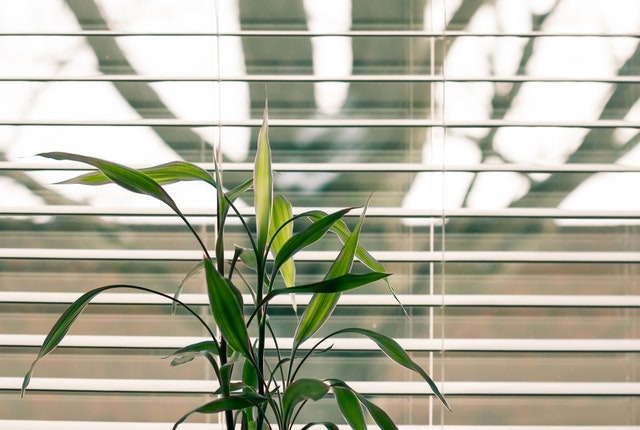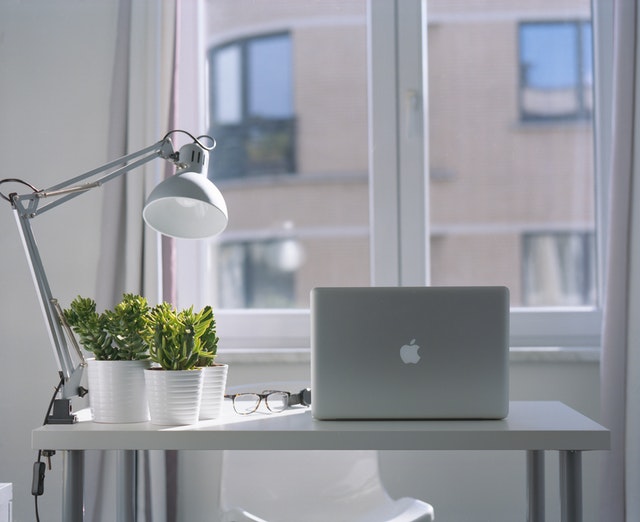HSE Advises on COVID and Ventilation in Offices
The advice includes how to ventilate rooms whilst keeping them warm, monitoring indoor air quality, and safely ventilating vehicles. What are the Legal...
Read Full Article
Ventilation measures are considered the most vital engineering mechanisms in infection control within buildings.
Research from REHA and CIBSE shows that adequate ventilation and effective air distribution can minimise the risk of cross-infection from 1.5 metres onward.
It is known that COVID-19 is highly infectious and that there is an increased risk of transmission through the air especially in enclosed spaces. The smaller droplets from an infected person can travel further inside, thus increasing the risk of infecting others. To minimise that risk and that of transmission, correct ventilation becomes crucial.
Two industry powerhouses; REHA (Federation of European Heating, Ventilation and Air Conditioning) and CIBSE (Chartered Institution of Building Services Engineers) both recommend increasing flow rates of fresh outside air and avoiding re-circulation and transfer of air from one room to another.
“During the winter, we’re more likely to be spending time indoors with less natural ventilation, meaning the air we breathe could be more concentrated with particulates. If we fail to combat the risk of airborne infection, we risk being exposed by a large gap in our defences. Improving indoor air quality must be at the forefront if we truly want to create COVID-safe environments.”
– Professor Paul Linden
Fluid Mechanics Specialist, Cambridge University
CPA Engineered Solutions Ltd, a supplier and manufacturer of technology-driven air solutions, states that a major misconception in indoor air quality, is that air conditioning systems deliver clean and fresh air.
Many systems simply chill recycled air drawn from other zones within the building and therefore distributing possible contaminants amongst occupants.
The problem is biofilm; a harmful, tenacious living microbial matrix that thrives in all HVAC/AC. If the system is not continuously cleaned, bacteria, mould and viruses can colonise the HVAC/AC systems spreading these throughout the building carried on the uncontrolled airflows. CPA’s UVGI destroys the DNA & RNA of microorganisms found in germs and droplet nuclei; the infectious contaminated air droplets that are implicated in the transmission of COVID-19 and makes sure the air is safe.
CPA also advises that to further improve indoor air quality, consideration must be given to the cleanliness of the existing air conditioning system. Air handling systems are often referred to as one of the biggest reservoirs for microorganisms and an amplifier and a disseminator for pathogens throughout a building.

Picture: a photograph of a desk near a window, with a computer, chair and some plants
New research has revealed that UK consumers are increasingly anxious about the impact of indoor air quality on their chances of contracting the virus. According to a survey commissioned by CleanAir Spaces, the majority (56 per cent) of Brits think more about indoor air quality than before the pandemic hit.
While millions of people have been welcomed back by the hospitality sector over the last week (with or without a substantial meal), less than a quarter (24 per cent) believe that the air quality inside pubs and restaurants does not increase their chances of contracting COVID-19. In fact, more than half (53 per cent) are confident that the air quality inside venues does impact their chances of catching the virus.
However, perhaps illustrative of the government’s challenges in communicating the science around COVID-19, nearly a quarter (23 per cent) of UK consumers don’t know whether air quality in venues would increase their risk.
Additionally, a report from phs revealed nearly half of consumers (46 per cent) say that the closing down of venues such as pubs, restaurants, gyms and non-essential retail makes them feel they are not COVID safe.
51 per cent say they actively avoid indoor settings as they didn’t want to risk catching COVID-19 and more than one in 10 (13 per cent) have even walked out of premises because they didn’t feel comfortable.
After public transport, the most avoided indoor settings are restaurants, cafes and pubs (avoided by 42 per cent of consumers) while more than a third have avoided leisure centres, gyms and dentists (38 per cent, 37 per cent and 36 per cent respectively).
34 per cent say they have avoided visiting the dentist with 29 per cent avoiding hospitals and GP surgeries. Nearly a quarter (23 per cent) have avoided shops and 16 per cent have avoided their workplace.
Fluid mechanics expert Professor Paul Linden, of Cambridge University, commented: “Indoor air quality is a real concern in the spread of coronavirus. Much of the focus on COVID-19 has been the transmission by physical touch and larger droplets expelled when an infected person breathes, talks and coughs but what we’re not talking about enough is the smaller infected droplets and particles which remain airborne and are not contained by masks.
“Growing evidence indicates these infected aerosols linger in the air for hours at a time and can be spread around a building – even after an infected person has left creating an extended risk of transmission.
“During the winter, we’re more likely to be spending time indoors with less natural ventilation, meaning the air we breathe could be more concentrated with particulates. If we fail to combat the risk of airborne infection, we risk being exposed by a large gap in our defences. Improving indoor air quality must be at the forefront if we truly want to create COVID-safe environments.”
Picture: a photograph of a window with shutters and a plant
Article written by Ella Tansley | Published 05 January 2021
The advice includes how to ventilate rooms whilst keeping them warm, monitoring indoor air quality, and safely ventilating vehicles. What are the Legal...
Read Full ArticleSAV Systems' AirMaster AM 1000, a mechanical ventilation unit, has been awarded Passivhaus Component certification. The flagship AM 1000 is the first...
Read Full ArticleThe Health and Safety Executive has expanded its advice for employers to provide adequate ventilation in their workplaces during the pandemic. This guidance is...
Read Full ArticleBiojet, from CPA Engineered Solutions, is a high volume air cleaning device that claims to deactivate up to 99.99 per cent of viruses (including coronavirus), mould and...
Read Full ArticleAs the capital moves to Tier 3 lockdown restrictions, the 100 Club in Central London has been approved as a test site for a new COVID-secure HVAC system. The Pathogen...
Read Full ArticleA British firm has developed a new system designed to help buildings with air management systems make their air supply secure against airborne pathogens. As COVID-19...
Read Full ArticleA policy paper launched at the Building Engineering Services Association’s World Ventilation Day event suggests there is a “two-year window of...
Read Full ArticleWith hay fever affecting one in four adults, how can workplace managers ensure sufferers are comfortable at work during the hay fever season? Hay fever season usually...
Read Full ArticleInnovative Proptech companies such as LightFi are paving the way to net-zero by helping buildings become more energy efficient whilst promoting occupant health and...
Read Full ArticleAn awareness campaign to promote the critical role of building ventilation has been launched by a coalition of scientists, academics, engineering bodies and environmental...
Read Full Article